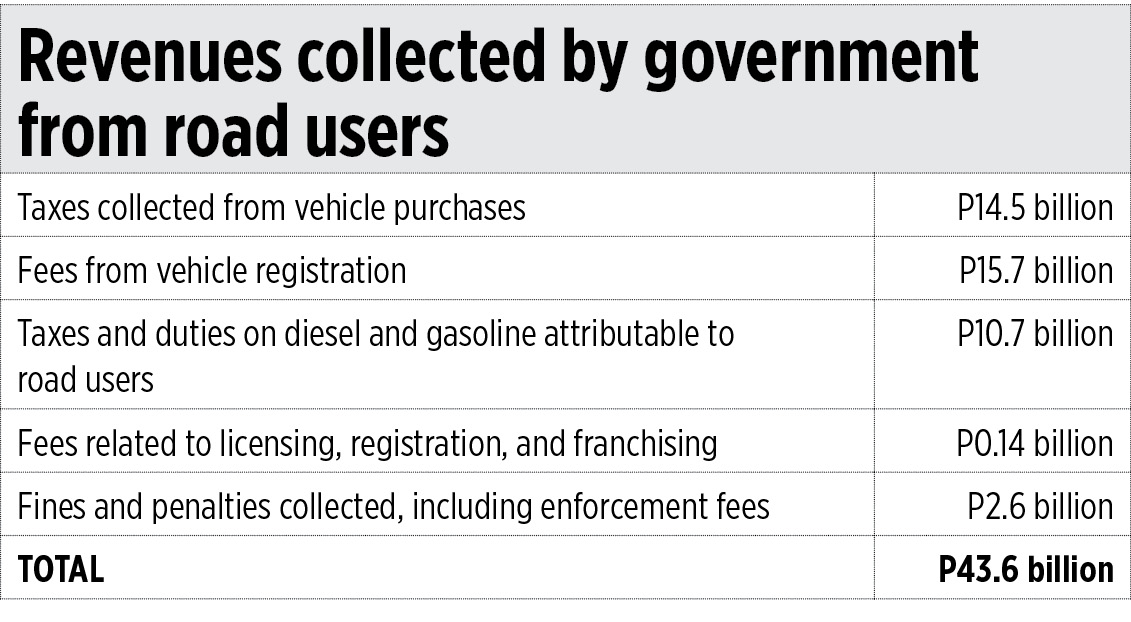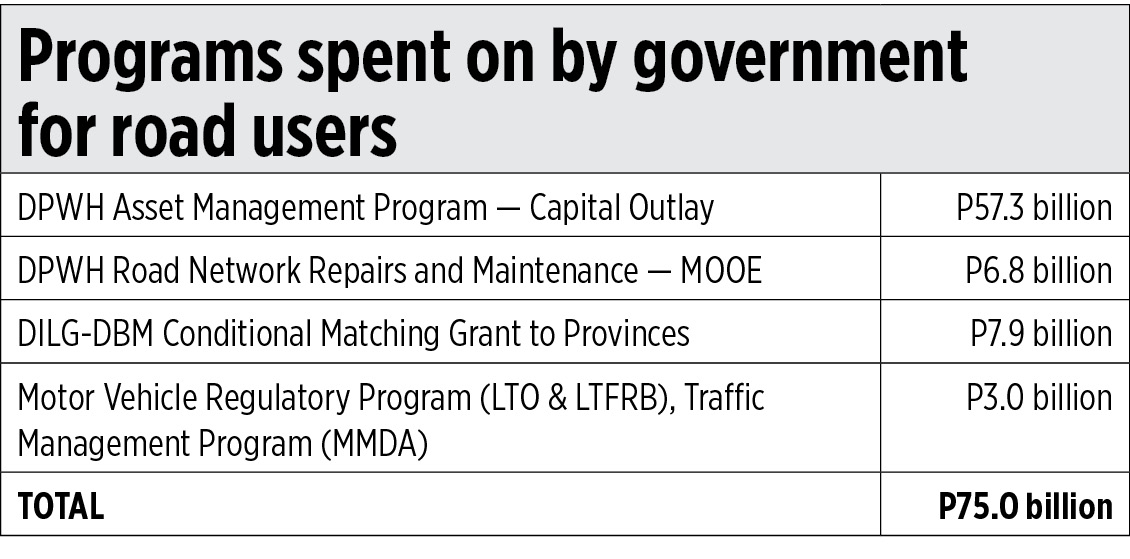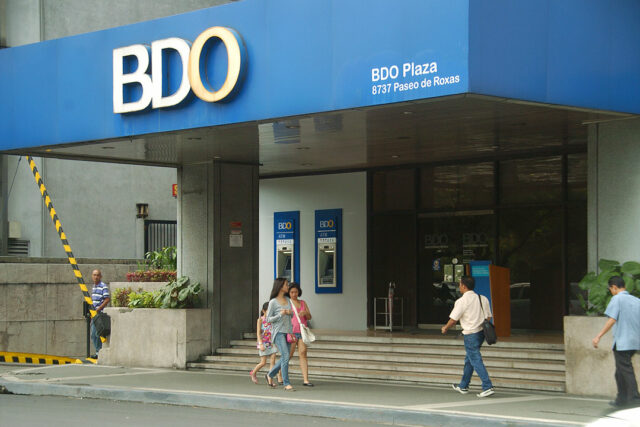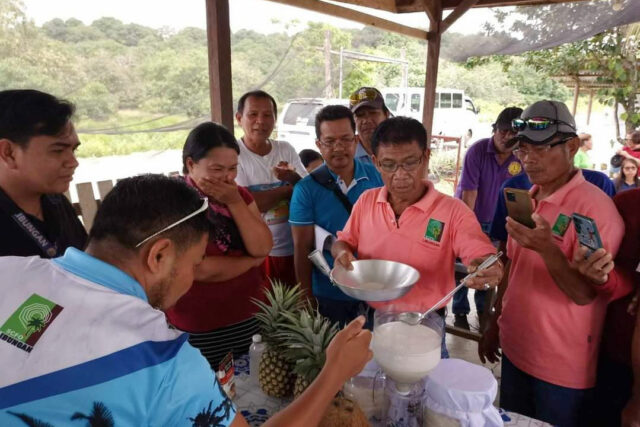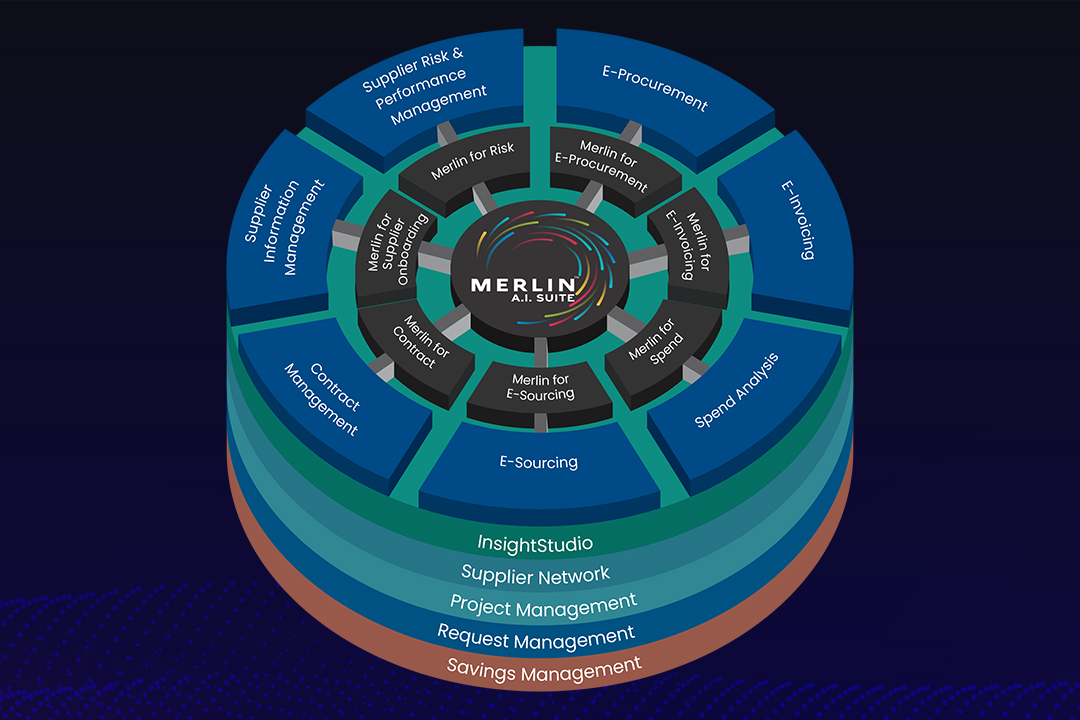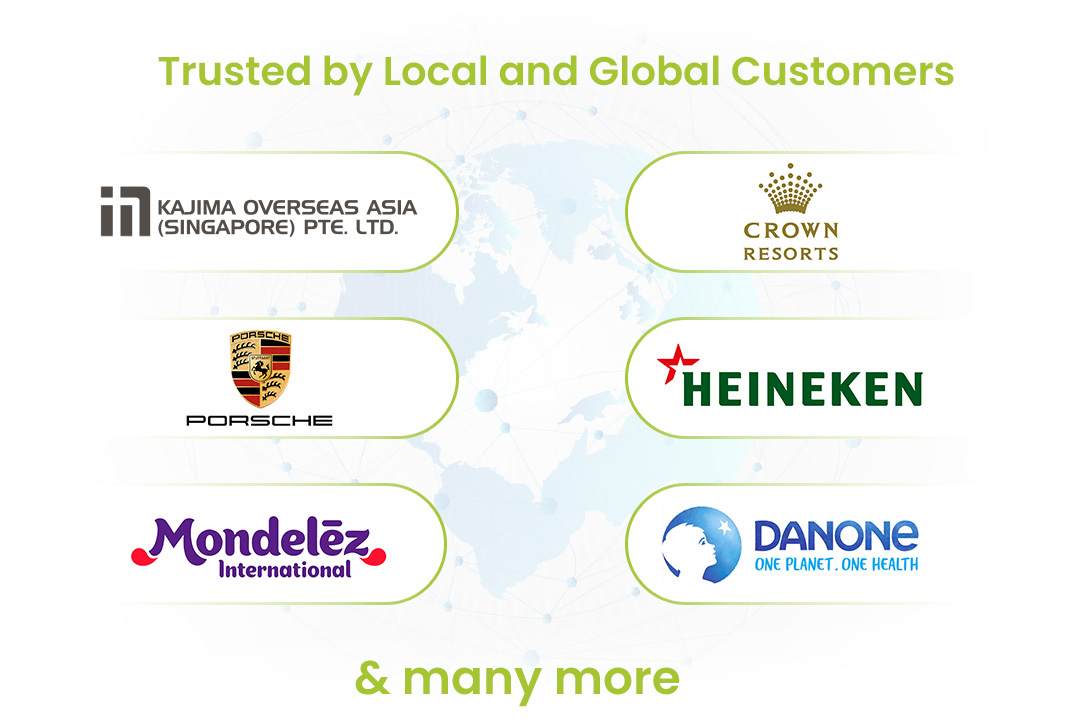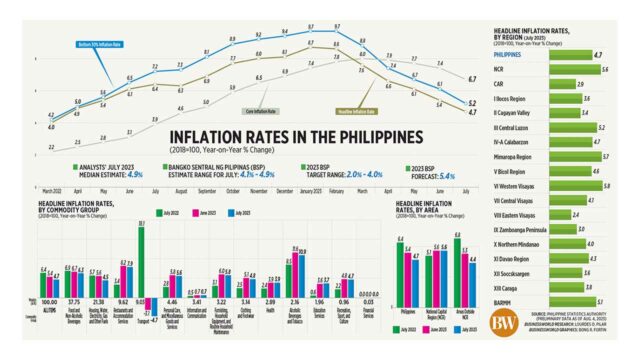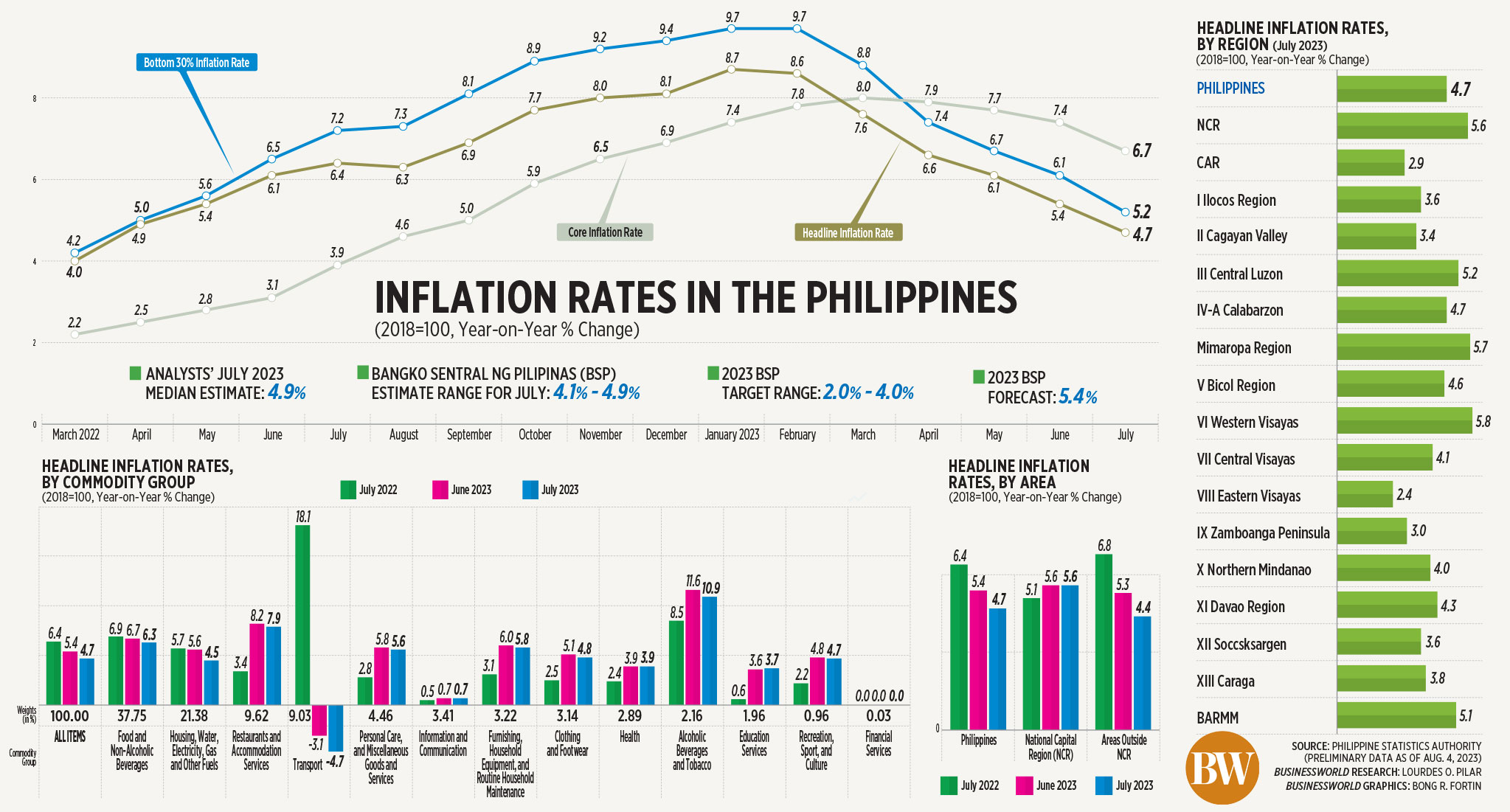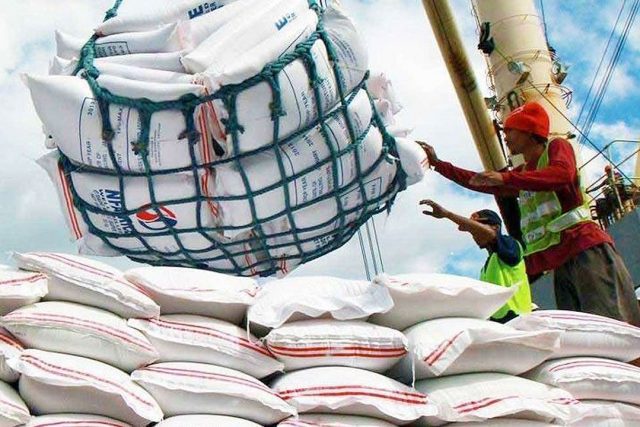Motor vehicle road user’s tax
In his State of the Nation Address (SONA) on July 24, 2023, President Marcos announced the motor vehicle road user’s tax as an essential measure under the medium-term fiscal framework.
Given the urgency of addressing the country’s need for greater fiscal space, the House committee on ways and means promptly tackled House Bill No. 376 at its first meeting after the SONA.
The measure is authored by Albay Rep. Joey Salceda, who heads the committee. His bill aims to update the existing motor vehicle user’s charge with a simpler and more responsive tax structure on motor vehicle road users.
Reforms on this front have been long overdue since the motor vehicle user’s charge rates were legislated in 2004 and have not been adjusted to inflation. Had indexation been automatically applied, about P114 billion could have been generated over the past 18 years. Furthermore, the existing charge structure consists of 23 different tax rates, making things unnecessarily complex and difficult to implement.
Rep. Salceda’s bill is projected to generate an additional P13.5 billion in the first year of its implementation and up to P64 billion by the third year. More importantly, the reform is not merely a revenue-generating measure as it also aligns with principles of social justice and progressivity.
For one, this measure is fundamentally a tax on the rich. Over half of the richest decile of households own at least one car, according to data from the 2021 Family Income and Expenditure Survey. Meanwhile, the car-owning proportion of the next decile with the highest income (9th decile) falls to about 17%. For the poorest 30% of households, only 1.6% likely own a car.
Thus, increasing the rates on motor vehicles is highly progressive. Salceda’s proposal furthers this by levying a higher rate on sports utility vehicles.
Additionally, the bill will exempt motorcycles from the tax, which likely stems from the perception that these are consumed by lower-income households. Perhaps the principle of progressivity can nuance this feature by taxing the big bikes that are more likely to be luxury or nonessential. But we also argue that taxing all motor vehicle road users, including motorcycles, is socially and economically justified because they all contribute to what economists call negative externalities such as traffic and pollution.
While it is obvious that the burden of a motor vehicle tax falls mostly on the rich, we must also carefully weigh the equitability of the government’s current expenditures on the road sector.
The University of the Philippines School of Urban and Regional Planning says 70% of people in Metro Manila rely on public transportation, while taking up just 22% of the space. Meanwhile, only 30% are private vehicle users, but they take up 78% of the space. An efficient transportation system is necessary to facilitate economic growth and development. Conversely, inequitable transport policy may exacerbate economic inequalities.
Not only do the benefits of our existing road infrastructures skew toward the rich, but the cost of these programs is also effectively subsidized by government resources.
The government collected about P14.5 billion from taxes related to vehicle purchases, such as automobile excise taxes and value-added tax (VAT), based on 2019 data from the Bureau of Internal Revenue, Land Transportation Office (LTO), Land Transportation Franchising and Regulatory Board (LTFRB) and Metro Manila Development Authority (MMDA). Vehicle registration fees generated about P15.7 billion. Gasoline and diesel taxes generated P37.2 billion in total revenue, but we attribute just P10.7 billion or less than 30% to road users, based on the country’s petroleum demand profile. Including other fees collected as well as fines and penalties, the total fiscal resources generated from road users amounted to P43.6 billion in 2019.
On the other side of the equation, the 2019 General Appropriations Act allocated P75 billion to benefit road users in the form of road repairs and construction, traffic management and general regulation. This included P57.3 billion worth of capital outlays for construction of road networks and P6.8 billion in maintenance and operating expenditures for the road network repairs and maintenance program of the Public Works department; P7.9 billion for the Conditional Matching Grant to Provinces initiative to implement road construction, repairs and rehabilitation; and nearly P3 billion allocated for the regulatory and management programs of the LTO, LTFRB and MMDA.
The net result is that road users are subsidized to the tune of at least P30 billion every year. Unfortunately, revenues from motor vehicle user’s charge have only eroded due to inflation, while the cost of road infrastructure has risen over time.
Deliberations on the motor vehicle road user’s tax are on the right track; the ways and means committee is receptive toward proposals to increase allocations that will benefit people and not just cars. These should include greater emphasis on active transport, road safety and public transportation such as PUV modernization.
Given Salceda’s demonstrated political adeptness in swiftly shepherding the President’s priority tax measures and his support for more progressive policies, we anticipate that the motor vehicle road user’s tax bill will get public support.
Given the above, too, Rep. Salceda will likely go the extra mile to champion further tax reforms. These include taxes on alcopops, vapes and nonessential goods, among other products. The additional revenues from the different tax measures are necessary to create the fiscal space and fund urgent social programs that the administration has identified.
AJ Montesa heads the tax policy team of Action for Economic Reforms.


